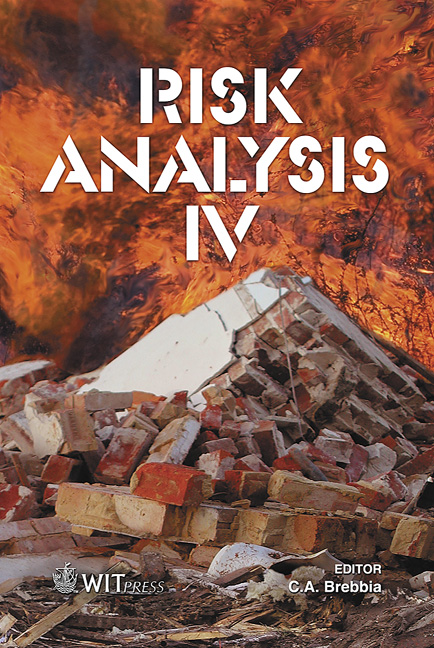Some Aspects On Uncertainty And Reliability In Geotechnical Engineering
Price
Free (open access)
Transaction
Volume
77
Pages
8
Published
2004
Size
227 kb
Paper DOI
10.2495/RISK040461
Copyright
WIT Press
Author(s)
Z. Mrabet
Abstract
There is growing need within geotechnical engineering for rational ways of handling uncertainty and taking it into account in decision-making. Many problems still face geotechnical engineers regarding the reliability analysis and its applicability for practical problems. The following relevant questions should be addressed: What factors most strongly influence the level of uncertainties in earth structure evaluations? Where are the improvements most needed to reduce uncertainty in these evaluations? And what level of reliability of earth structures would be achieved under average conditions? Unfortunately, general responses to these questions are very difficult. 1 Introduction The demand for risk analyses is growing in all scientific and technical fields. Increasing attention is being paid to risk and uncertainty in geotechnical and civil engineering, because of the drive for improved reliability and safety. The engineer is confronted with uncertainty associated with the random nature, spatial variability of geotechnical properties, and in the complexity of engineering projects. The engineer is expected to make dependable and clear decisions. To do so requires an understanding of both the nature of uncertainty and appropriate techniques to manage it. Unfortunately, many geotechnical engineers are still skeptical of the outcomes of reliability methods in geotechnical engineering. They prefer to use conventional methods that are more straightforward. Reliability analyses can be used in routine geotechnical engineering practice. How should probabilistic methods be introduced to practicing geotechnical engineers who have no background in the probabilistic theory?
Keywords





